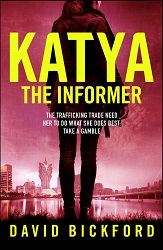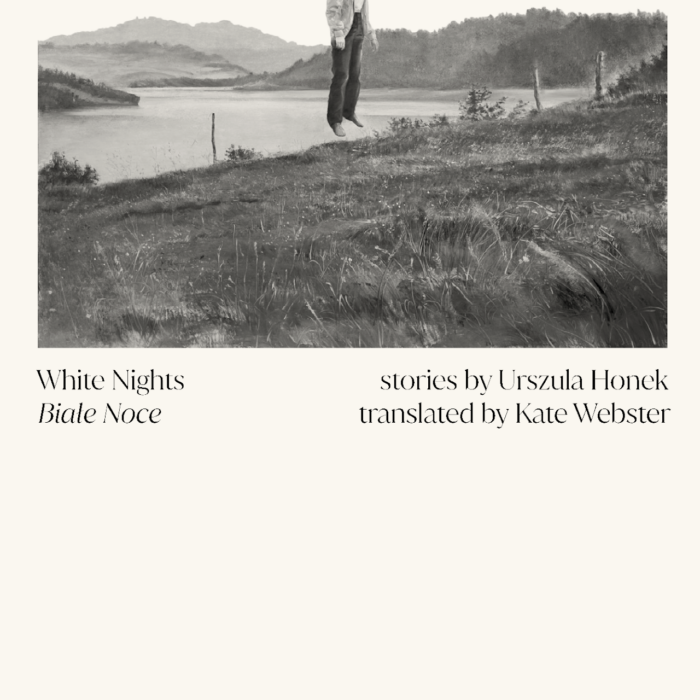You have no items in your cart. Want to get some nice things?
Go shopping
In her second poetry collection, Natalie Diaz explores the conflict between violence and love, pleasure and pain, colonial genocide and Indigenous resilience, and environmental destruction and spiritual relationships with the land. She is a US-based poet and identifies herself as queer, Latinx and Mojave. In her poems, the English language, the language of the colonisers, prevails, mingling with Spanish and the Mojave language in a flowing rhythm that relies on alliteration and line breaks to achieve excellence, creating an alternative way of communicating her viewpoint. She feels brutalised by her own nation, which persecuted and tried to erase Indigenous peoples from 1492 and still does today. It is a war that has never ended “and somehow begins again”. In her previous collection, When My Brother Was an Aztec (2012), she developed the story of her brother’s drug addiction and mental illness, which were the consequence of colonisation. In Postcolonial Love Poems, which was nominated for the 2020 Forward Prize, the destruction of the land and the pollution of water are connected with the murder and marginalisation of Indigenous peoples, a loss that is a threat for all humankind.
White colonisation and Indigenous culture do not seem to agree or merge but are instead in opposition to each other, with different and conflicting points of view, that is, different ways of conceiving life, relationships and the environment. In fact, the effects of colonisation brought Indigenous peoples to the verge of extinction and triggered a long resistance. Nevertheless, they still exist and resist in a radical act that has preserved their culture, although it has been changed in part by the influences of the colonisers. In the dedication, Diaz chooses “a way of love” and remains open to new possibilities that imply disruption and empathy but do not accept surrendering to the colonisers’ exploitations. The white gaze separates and classifies according to assumed categories of colours and ethnicities that the poet questions and challenges:
Police kill Native Americans more
than any other race.
Race is a funny word.
Race implies someone will win,
implies, I have as good a chance of winning as –
Who wins a race that isn’t a race?
“American Arithmetic”)
Natives have been called red forever. I have never met a red Native, not even on my reservation, not even at the National Museum of the American Indian, not even at the largest powwow in Parker, Arizona.
I live in the desert along a dammed blue river. The only red people I’ve seen are white tourists sunburned after staying out on the water too long.
“The First Water is the Body”
This is the colonisers’ way of controlling, of exercising power and consequently exploiting other populations and/or ethnic groups in order to appropriate their lands and resources. The economic aims are therefore supported by cultural conceptions that diminish and marginalise the colonised culture. Diaz voices Indigenous ethics, speaking about the pleasure of queer love and the centrality of the body that suffers and rejoices with the land. The body is the land, that is, plants, rocks and water. The wounds inflicted by the colonisers are open and fruitful at the same time in a constant creation that is linked to erotic love but also to a transcendence that the poet finds in the land, especially in the relationship between the body and water, the water of the Colorado river:
My river was once unseparated. Was Colorado. Red-
fast flood. Able to take
anything it could wet – in a wild rush –
all the way to Mexico.
Now it is shattered by fifteen dams
over one thousand four hundred and fifty miles.
“How the Milky Way Was Made”
we blossom from the original body: water,
flowering and flowing until it became itself, and we, us:
River. Body.
“exhibits from The American Water Museum, 99”
Environmental concerns are connected with resistance in a comprehensive vision that includes being human in a close connection with the land, which is nourished by water. The river “runs through the middle of my body”, she says; the river is her body, a “moving body” – it is a verb rather than a noun, a body in flux that metamorphosises and is menaced by pollution and exploitation, that is, by the ongoing colonisation:
To kill take their water
To kill steal their water
then tell them how much they owe
To kill bleed them of what is wet in them
To kill find their river and slit its throat
To kill pollute their water with their daughters’
busted drowned bodies washed up
on the shores, piece by piece
“exhibits from The American Water Museum, 123”
The protest is ancient and enduring, as testified to by the Elder Mojave woman’s prayer; she was killed by two rubber bullets while she was protesting against the installation of pipelines. Therefore, the scars of the land wound the body; they are open and fresh, a source of pain but also the place where love happens:
I confuse instinct for desire – isn’t bite also touch?
“Wolf OR-7”
I feel the junk of it all in my body – rising wild.
I can’t stop the happening. The rusting is in me,
like how a deep wound heals – glimmering, open.
“That Which Cannot Be Stilled”
Desire is evoked against the erasure of the self in an affirmation of identity that maps the body, that is, the land, which is nourished by the river flowing through the body. Her body refuses to surrender to domination, to the loneliness of the American cities. On the other hand, the act of love implies violence and is both physical and transcendent.
Diaz’s poems display mesmerising images that celebrate the personal and global resilience of marginalised populations who resist and exist by cutting out a space for themselves in an occupied land; it is an endless fight that they must continue in order to be accepted, to have the right to coexist with the dominant culture. Similarly to the Minotaur’s adventure in the labyrinth, Diaz leads the reader on a journey of self-awareness where choices are crucial for the future of our personal and global survival. Her compelling poems keep the momentum going throughout the collection; the poet refers to this movement, stating that “we go where there is love”.
Postcolonial Love Poems by Nathalie Diaz is published by Faber & Faber.
Carla Scarno





